Erasers are essential tools for any artist, whether you're sketching, drawing, or perfecting your work. They come in various types and textures, so you can choose one that fits your style and medium. From precision to softness, there’s the perfect eraser out there to help you refine your art and create stunning masterpieces.
Erasers
Discover a wide range of Erasers to enhance your artistic creations
Product List
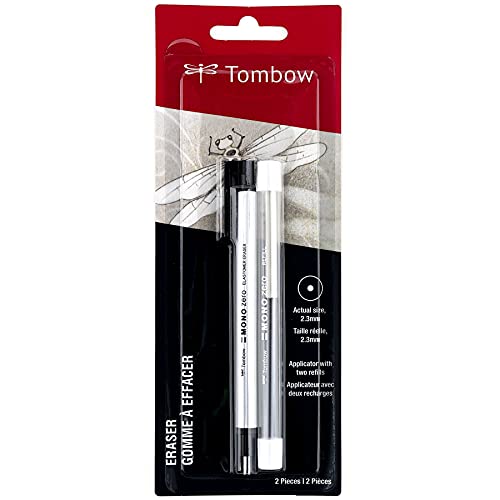
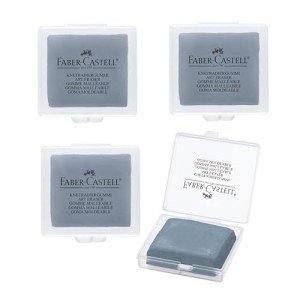
Grey Eraser Pack - Faber-Castell
Faber-Castell
Product Review Score
4.18 out of 5 stars
213 reviews$6.00

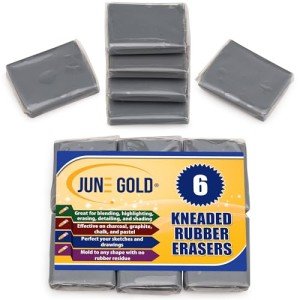
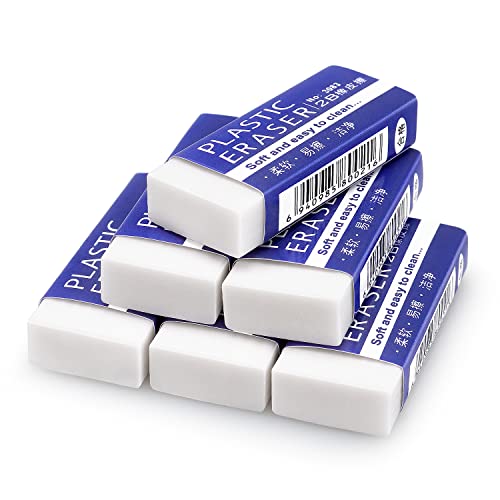
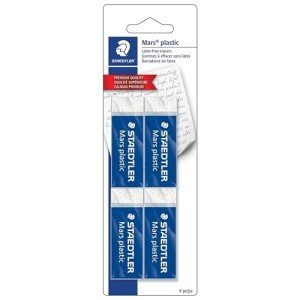
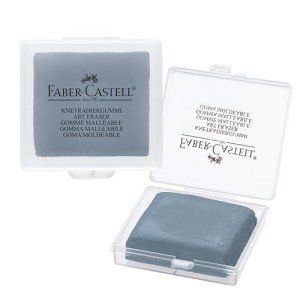
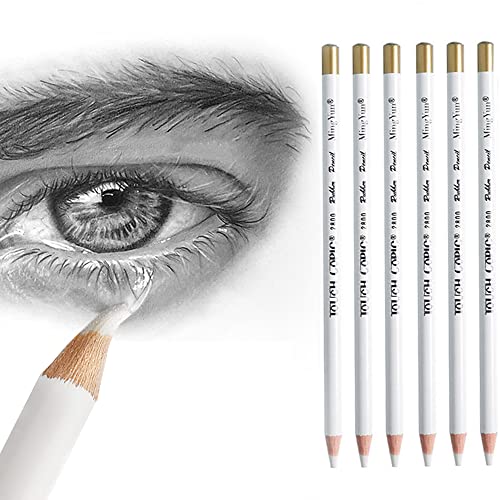
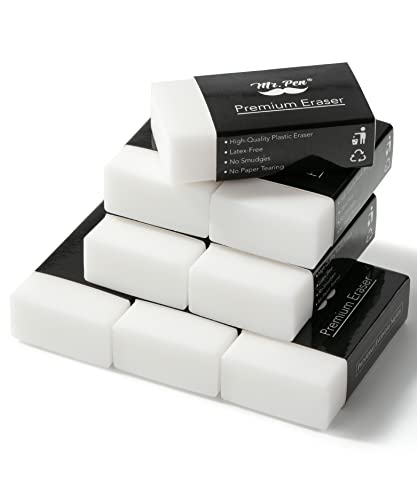
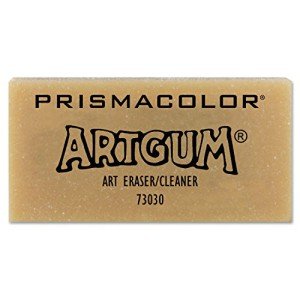
![[Pack of 4] Faber-Castell LARGE Eraser Dust Free Clean and Soft Erasing for ART, OFFICE, SCHOOL USE (6.2x2x1.25cm)](https://cdn.freshstore.cloud/offer/images/2010/16817/c/pack-of-4-faber-castell-large-eraser-dust-free-clean-and-soft-erasing-for-art-office-school-use-6-2x2x1-25cm-16817-small.jpg)
Faber-Castell Large Erasers - 4 Pack
Faber-Castell
Product Review Score
4.79 out of 5 stars
148 reviews$6.89 $5.99

Pentel Large Block Erasers, 10 Pack
Product Review Score
4.43 out of 5 stars
92 reviews$18.00 $7.73
Erasers, often overshadowed by the tools that lay down marks on paper, are unsung heroes in the world of art. These humble, seemingly mundane objects play a crucial role in the creative process, allowing artists to correct, refine, and enhance their work. In this article, we will delve into the fascinating world of erasers for art, from their history and types to techniques and their indispensable role in the artistic journey.
A Brief History of Erasers
The history of erasers can be traced back to the 18th century when a British engineer named Edward Nairne accidentally discovered the erasing properties of natural rubber. Before this discovery, artists and writers used abrasive materials like pumice stone or bread to remove pencil and ink marks. Nairne's rubber eraser, made from a newfangled material called rubber, revolutionized the way people corrected their mistakes, making erasers an integral part of the creative process.
Types of Erasers for Art
Erasers come in various types, each tailored to specific purposes and mediums:
Rubber Erasers: Rubber erasers, also known as pencil erasers, are the most common type and are used to remove graphite marks. They are typically white or pink and are soft and pliable, allowing for precise erasing.
Kneaded Erasers: Kneaded erasers are a versatile and moldable type of eraser often favored by artists for their ability to lift both graphite and charcoal marks. They can be shaped into fine points for detailed work and are excellent for creating highlights in drawings.
Vinyl Erasers: Vinyl erasers, sometimes referred to as plastic erasers, are durable and effective for erasing pencil marks. They are less likely to crumble or leave residue on the paper than rubber erasers.
Gum Erasers: Gum erasers are gentle and delicate, making them suitable for erasing delicate papers and ink without damaging the surface. They are commonly used in technical drawing and drafting.
Electric Erasers: Electric erasers have a small motor that rotates a cylindrical eraser, allowing for precise and controlled erasing. They are particularly useful for fine details and intricate work.
Techniques and Creative Uses
Erasers are more than just tools for correcting mistakes; they can be employed creatively in various ways:
Highlights: Kneaded erasers can be shaped into fine points and used to lift or lighten areas of a drawing to create highlights or add texture to hair, fur, or clouds.
Texture and Effects: By gently tapping or dabbing an eraser on the paper, artists can create various textures and effects, such as stippling, speckling, or creating the illusion of stars in a night sky.
Blending: Erasers can be used to soften and blend graphite or charcoal lines, creating smooth transitions and gradients in shading.
Negative Drawing: Negative drawing involves using an eraser to draw by removing marks from a shaded area. This technique allows for intricate and detailed work, such as drawing fine hairs or whiskers.
Corrections and Refinements: Of course, erasers serve their primary function by allowing artists to make corrections and refine their artwork, whether it's a minor adjustment or a complete overhaul.
Erasers, though often taken for granted, are indispensable companions on an artist's creative journey. They enable artists to explore, experiment, and refine their work, providing a safety net for creative expression. The various types of erasers and their creative potential underscore their significance in the world of art. The next time you pick up an eraser, whether it's a trusty rubber eraser or a versatile kneaded eraser, remember that you hold in your hand not just a tool for correction but a means to enhance, refine, and truly bring your artistic vision to life. Erasers, in their quiet way, play a vital role in the intricate dance of creation and self-expression that defines the world of art.